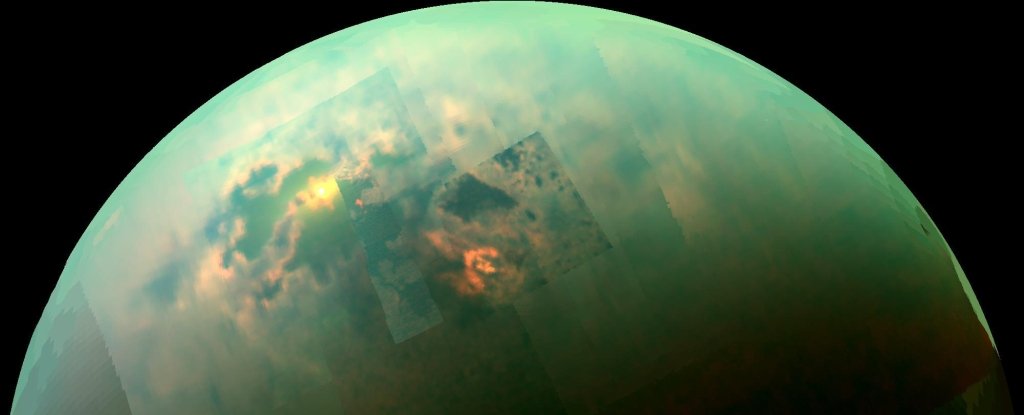


Outages were concentrated around Lee, Charlotte, and Sarasota counties in the southwestern part of the state.

“Combining socioeconomic and population data with nighttime light-derived metrics further helps us understand the interaction between power restoration rates and vulnerable populations.”Īccording to unofficial estimates, roughly 580,000 of Florida’s 11 million business and residential customers remained without power on the afternoon of October 3, down from roughly 2.7 million on September 29. “As disasters often affect an entire region, the ability to capture widespread outages in a distributed energy system is extremely useful for damage assessment,” said Ranjay Shrestha, an SSAI scientist with the Black Marble group. Data from September 30 were compared to a pre-storm composite (August) and overlaid on landcover data collected by Landsat 8 and 9. (SSAI), and the University of Maryland, College Park (UMD) processed VIIRS data to show lights before and after Ian passed through the cities. Scientists with the Black Marble Project at NASA’s Goddard Space Flight Center, Science Systems and Applications, Inc. VIIRS has a low-light sensor- the day-night band-that measures nighttime light emissions and reflections. The images above and below focus on the metropolitan areas of Fort Myers and Bradenton/Sarasota, which were among the worst-hit communities. The Visible Infrared Imaging Radiometer Suite (VIIRS) on the NOAA–NASA Suomi NPP satellite captured views of some of those losses as they appeared on September 30, 2022. In the hours after the storm passed, millions of residential and business customers lost electric power and light. The category-4 hurricane brought sustained winds of 150 miles (240 kilometers) per hour and several feet of storm surge to the southwestern coast of Florida, before dropping more than a foot of rain in wide swaths across the state. On September 28–29, 2022, Hurricane Ian roared across Florida as one of the most potent storms ever to make landfall in the state.


 0 kommentar(er)
0 kommentar(er)
